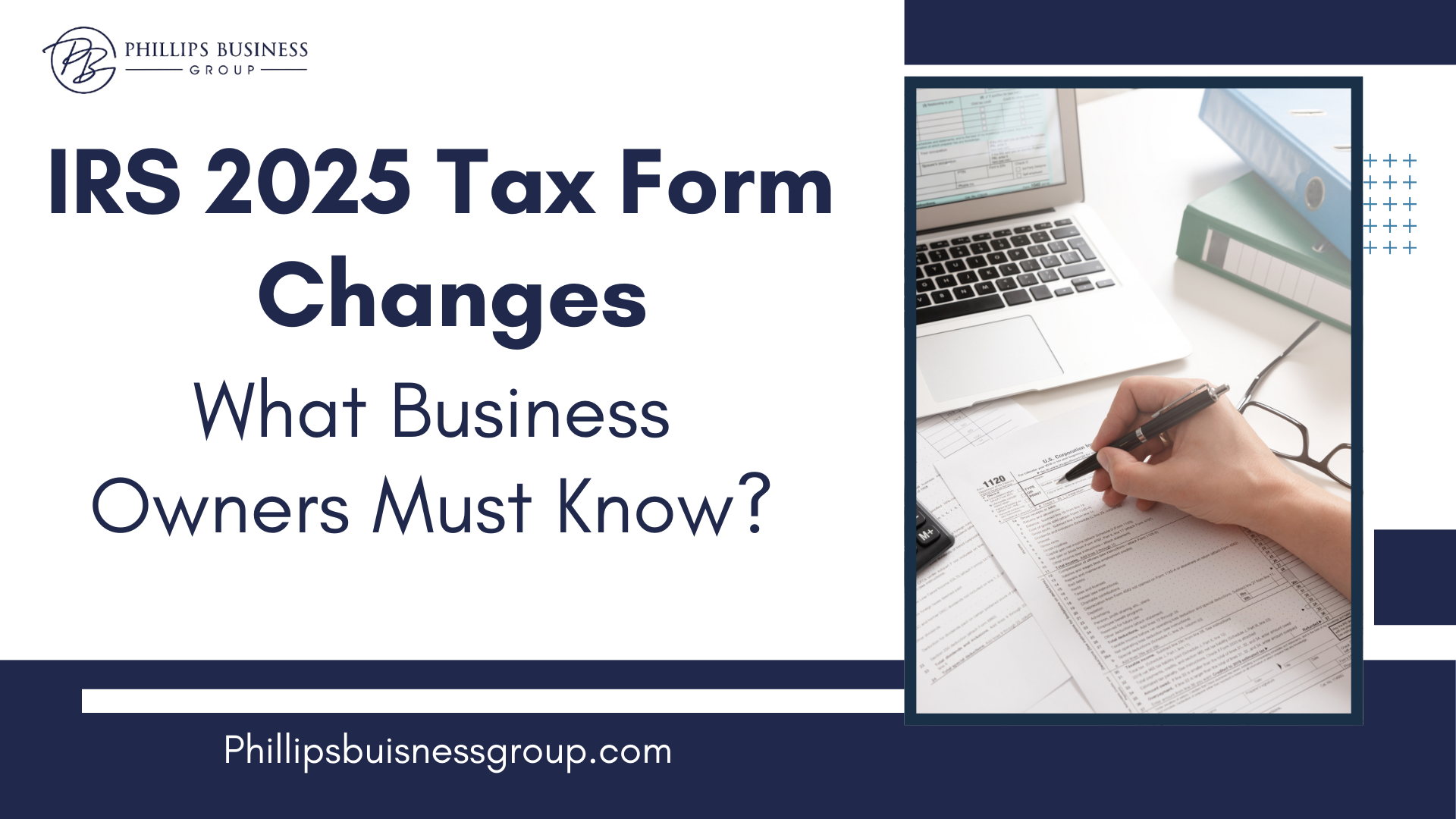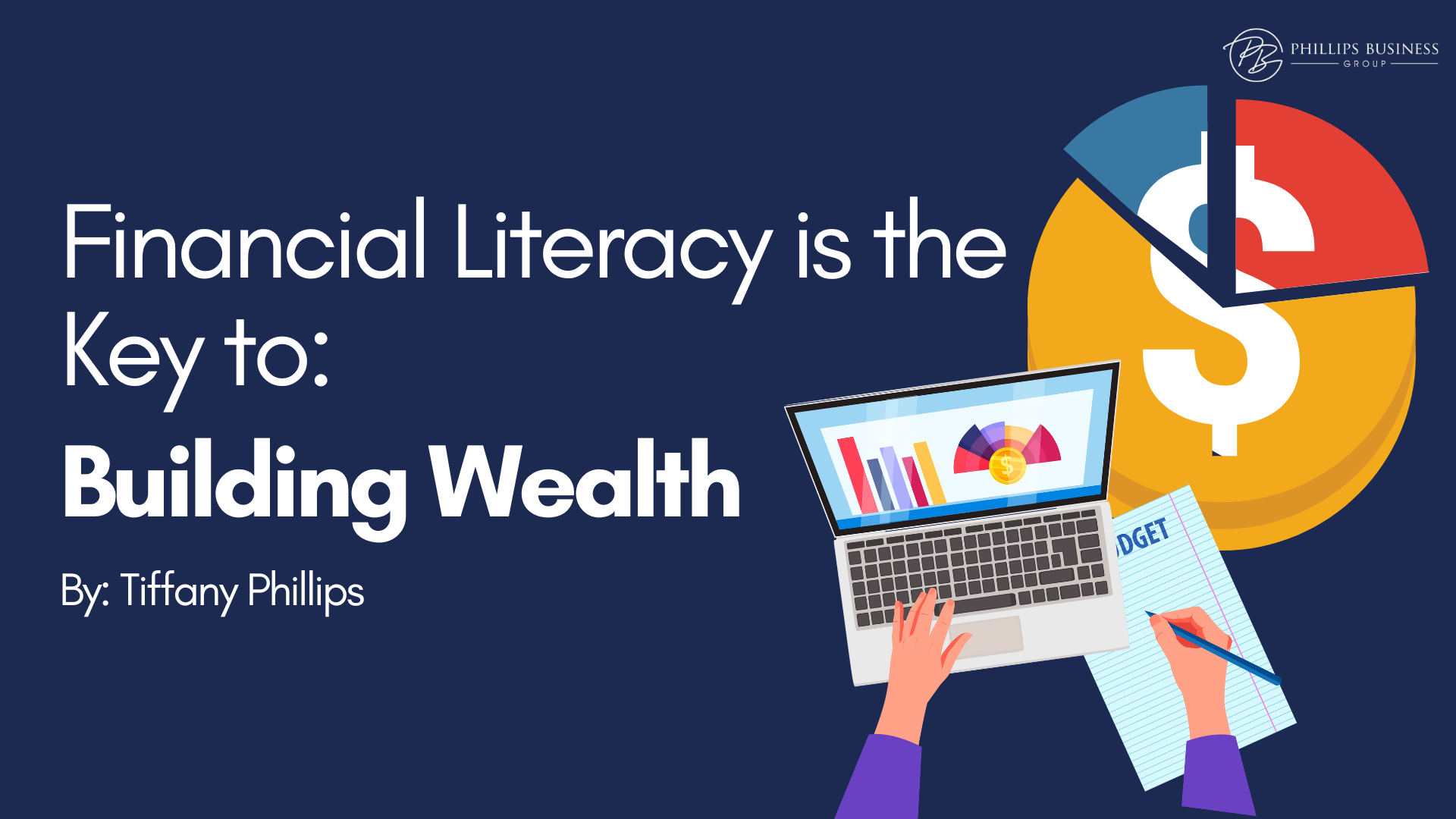Do You Really Know Your Numbers?
Here’s a quick test:
If I asked you right now about your profit margin, current ratio, and how long it takes to turn a sale into cash, could you answer confidently?If not, you’re not alone—and this post might just change how you see your business.
I’m Tiffany Phillips, CPA and tax strategist. I help business owners take control of their biggest expense—taxes—so they can build profitable, sustainable companies with confidence.
After years of working with hundreds of business owners, I’ve noticed something clear:
👉 Those who understand their numbers are the ones building real wealth.
👉 Those who don’t often end up in panic mode when payroll or taxes come due.
Why Great Businesses Still Fail
According to the Small Business Administration (SBA), nearly half of new businesses fail within five years.
The biggest reason?
Not poor marketing.
Not weak products.
👉 Financial mismanagement.
Nine out of ten businesses that fail simply don’t understand how money flows through their operations.
The “Revenue Illusion” That Destroys Businesses
Meet Sarah, a client who owned a successful consulting firm.
She was bringing in over $1 million a year, yet one day she called in a panic—she couldn’t make payroll.
Her problem? She didn’t understand the difference between revenue, profit, and cash flow.
💡 Lesson:
Just because you’re making sales doesn’t mean you’re profitable.
And just because you’re profitable doesn’t mean you have cash in the bank.
The 5 Pillars of Business Finance
Every dollar in your business fits into one of these five categories:
- Revenue – What customers pay you
- Expenses – What it costs to operate
- Assets – What you own
- Liabilities – What you owe
- Equity – Your ownership value
Wealthy business owners think about all five—because each affects taxes and long-term wealth differently.
For example:
Buying equipment isn’t just an expense—it’s an asset that can save you thousands through Section 179 deductions or bonus depreciation.
The 3 Financial Statements You Must Master
Think of these as your company’s vital signs:
🧾 1. Income Statement
Shows if you’re profitable over time.
Understand cash basis vs accrual basis accounting—because your tax strategy depends on it.
💰 2. Balance Sheet
Shows what you own, what you owe, and your equity.
It reveals whether you’re building wealth or just staying busy.
💵 3. Cash Flow Statement
Shows how money moves through your business.
You can be profitable on paper but broke in reality if you don’t manage cash flow right.
The Operating Cycle: Your Hidden Cash Killer
Your operating cycle is the time between spending money and collecting it from customers.
-
Nike’s cycle = ~130 days.
-
McDonald’s cycle = a few seconds.
The longer your cycle, the more cash you need upfront—and the faster you can go broke while “growing.”
Growth is good. But growth without cash flow strategy is dangerous.
Turning Expenses Into Assets
Wealthy business owners think differently.
They don’t just spend—they invest.

Every purchase can be structured to build wealth and reduce taxes.
The Financial Ratios That Reveal Everything
- Profit Margin = Net Profit ÷ Revenue
Compare it to your industry average to know if you’re really performing. - Current Ratio = Current Assets ÷ Current Liabilities
Shows if you can cover short-term obligations. - ROI (Return on Investment)
Use it for everything—from marketing to tax planning.
If a $10,000 tax strategy saves you $30,000, that’s a 300% ROI.
The Bottom Line: Wealth Comes from Financial Literacy
Every thriving entrepreneur has one thing in common:
They understand their numbers.
When you know your profit margins, cash flow, and ratios—you can make smart, data-driven decisions and build lasting wealth.
Ready to Keep More of What You Earn?
Don’t wait until tax season to understand your numbers.
Grab my free guide “Your Biggest Expense” at yourbiggestexpense.com to learn how to turn your financial knowledge into tax savings and wealth.
💬 Frequently Asked Questions (FAQs)
1. Why do most small businesses fail financially?
Most small businesses fail due to poor financial management, not bad products or marketing. Business owners often focus on sales without understanding profit margins, cash flow, and operating cycles — which leads to cash shortages and poor decision-making.
2. What is the difference between revenue, profit, and cash flow?
- Revenue is total money earned from sales.
- Profit is what’s left after expenses.
- Cash flow shows when money actually enters or leaves your bank account
You can be profitable on paper but still run out of cash if your clients pay late.
3. How can I calculate my business profit margin?
Your profit margin = (Net Profit ÷ Revenue) × 100.
Example: If your business makes ₹10,00,000 in sales and ₹1,00,000 in profit, your profit margin is 10%. Comparing this to your industry average helps measure performance.
4. What financial statements should every business owner understand?
Every entrepreneur should know how to read these three key statements:
- Income Statement (Profit & Loss) — shows your earnings and expenses.
- Balance Sheet — shows assets, liabilities, and equity.
- Cash Flow Statement — tracks how cash moves in and out of your business.
5. How can understanding financial ratios help my business?
Financial ratios like profit margin, current ratio, and ROI help you evaluate profitability, liquidity, and investment efficiency. These metrics guide smarter decisions about pricing, spending, and growth strategies.
6. What is an operating cycle and why does it matter?
Your operating cycle is the time it takes to turn investments (like inventory or services) into cash from customers. A shorter cycle means faster cash recovery — helping you stay financially stable even during growth.




